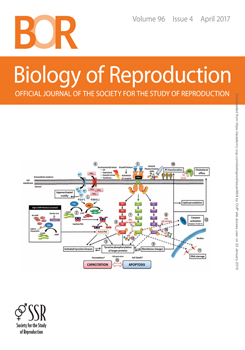The placenta is a critical organ during pregnancy, essential for the provision of an optimal intrauterine environment, with fetal survival, growth, and development relying on correct placental function. It must allow nutritional compounds and relevant hormones to pass into the fetal bloodstream and metabolic waste products to be cleared. It also acts as a semipermeable barrier to potentially harmful chemicals, both endogenous and exogenous. Transporter proteins allow for bidirectional transport and are found in the syncytiotrophoblast of the placenta and endothelium of fetal capillaries. The major transporter families in the human placenta are ATP-binding cassette (ABC) and solute carrier (SLC), and insufficiency of these transporters may lead to deleterious effects on the fetus. Transporter expression levels are gestation-dependent and this is of considerable clinical interest as levels of drug resistance may be altered from one trimester to the next. This highlights the importance of these transporters in mediating correct and timely transplacental passage of essential compounds but also for efflux of potentially toxic drugs and xenobiotics. We review the current literature on placental molecular transporters with respect to their localization and ontogeny, the influence of fetal sex, and the relevance of animal models. We conclude that a paucity of information exists, and further studies are required to unlock the enigma of this dynamic organ.
Summary Sentence
This review summarises the existing knowledge of human placental molecular transporters (SLC and ABC superfamilies). We highlight areas where greater andmore accurate knowledge is required and discuss weaknesses of animal models for the human.





